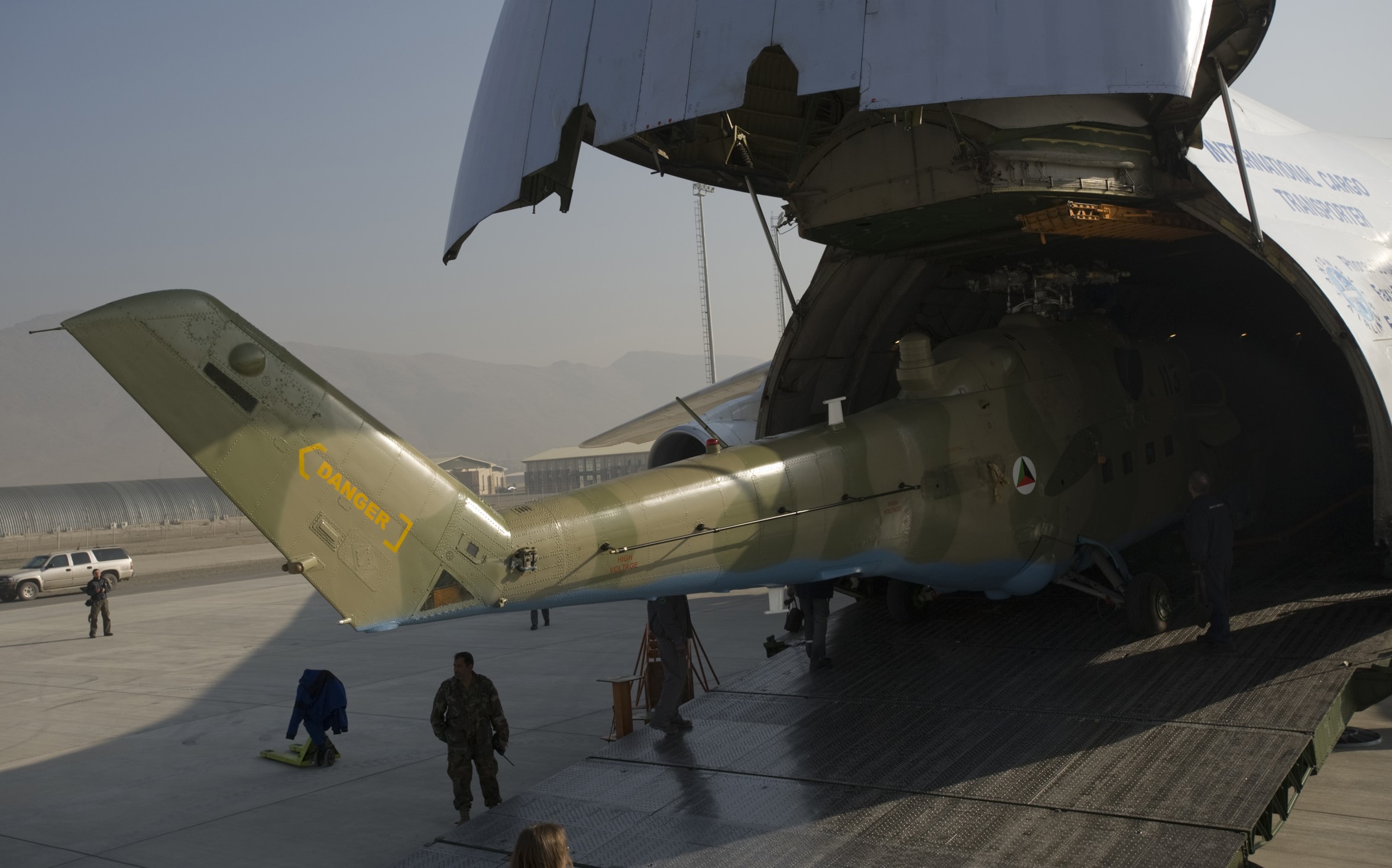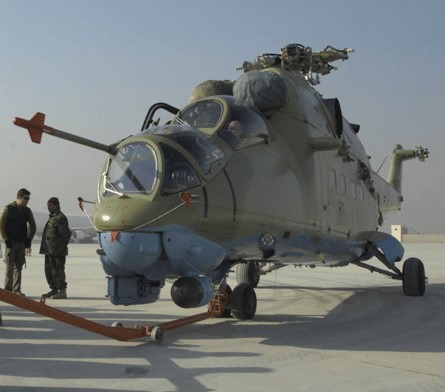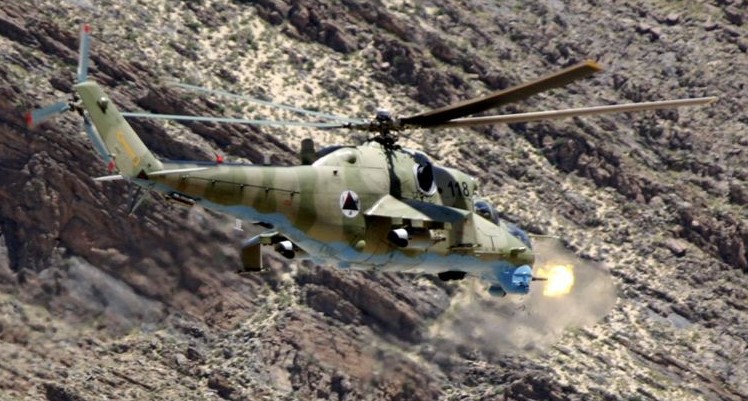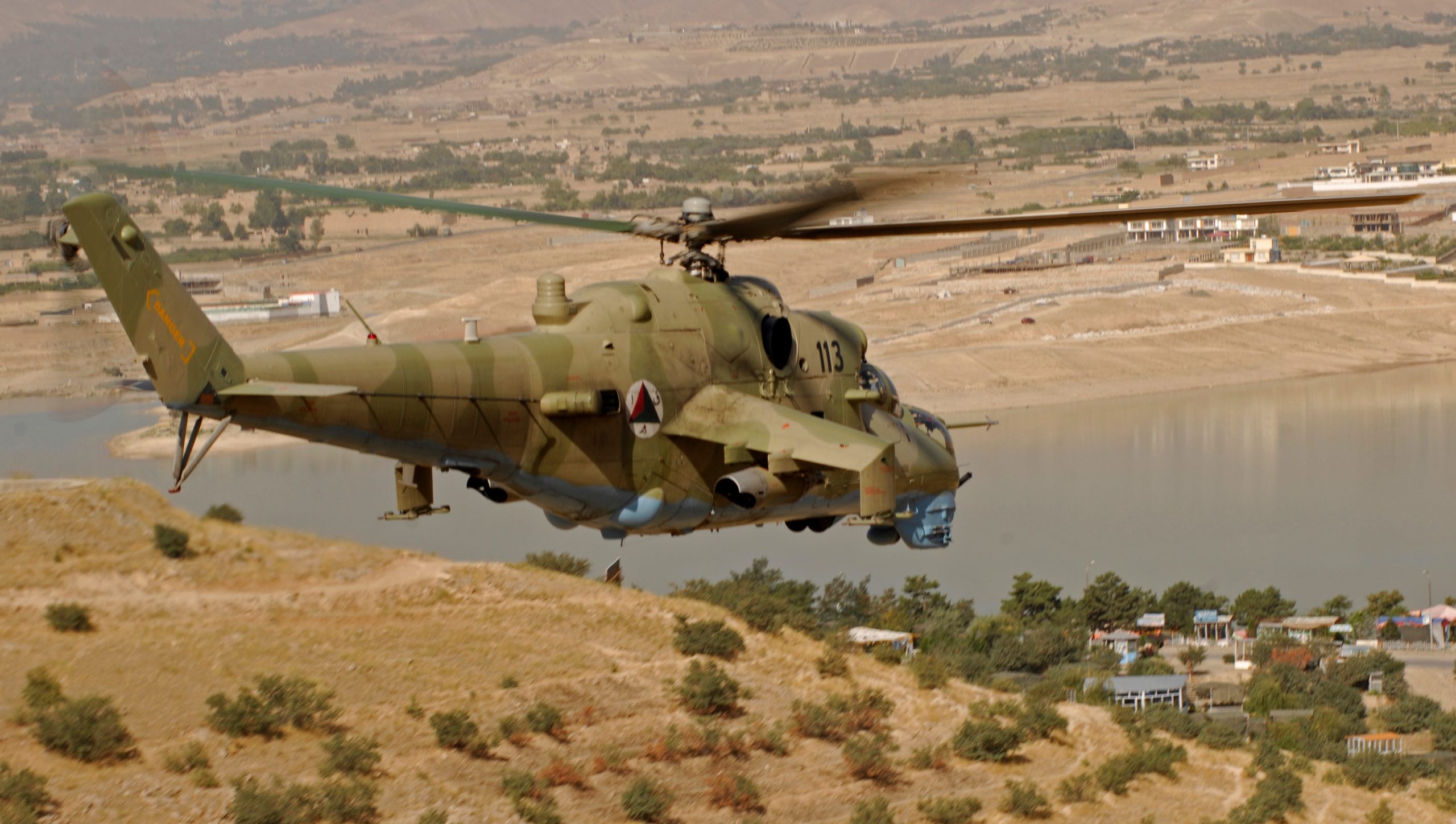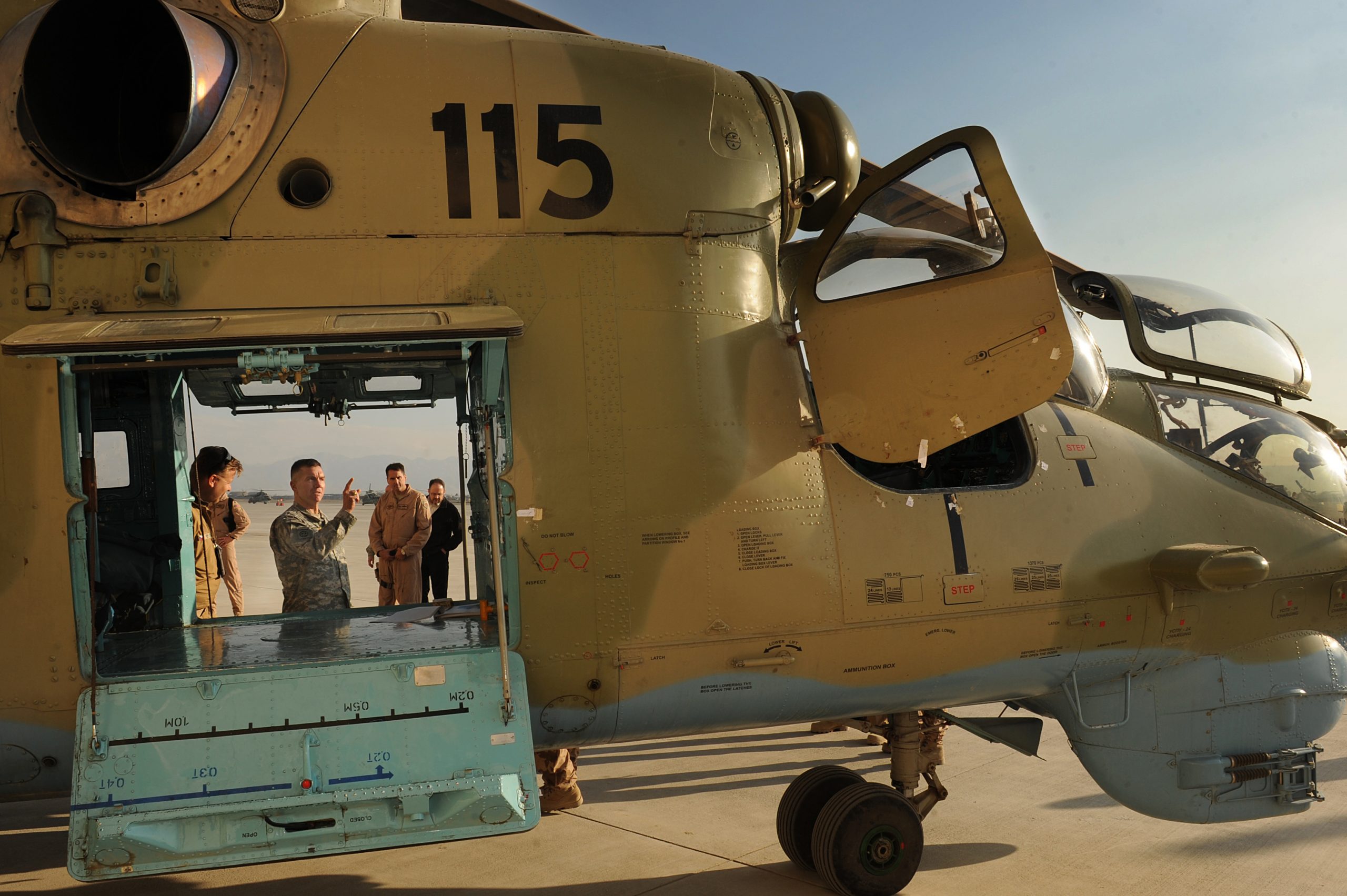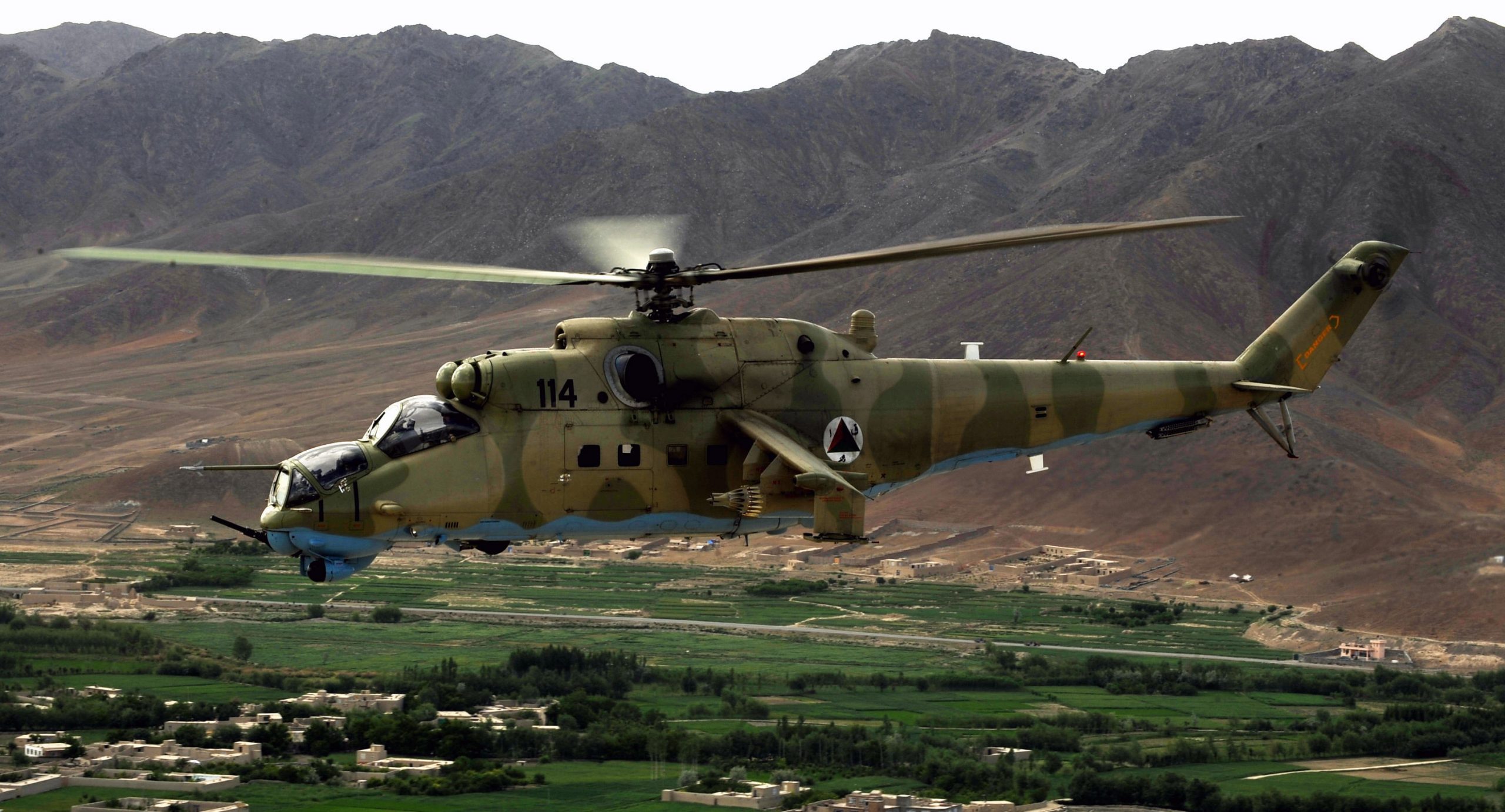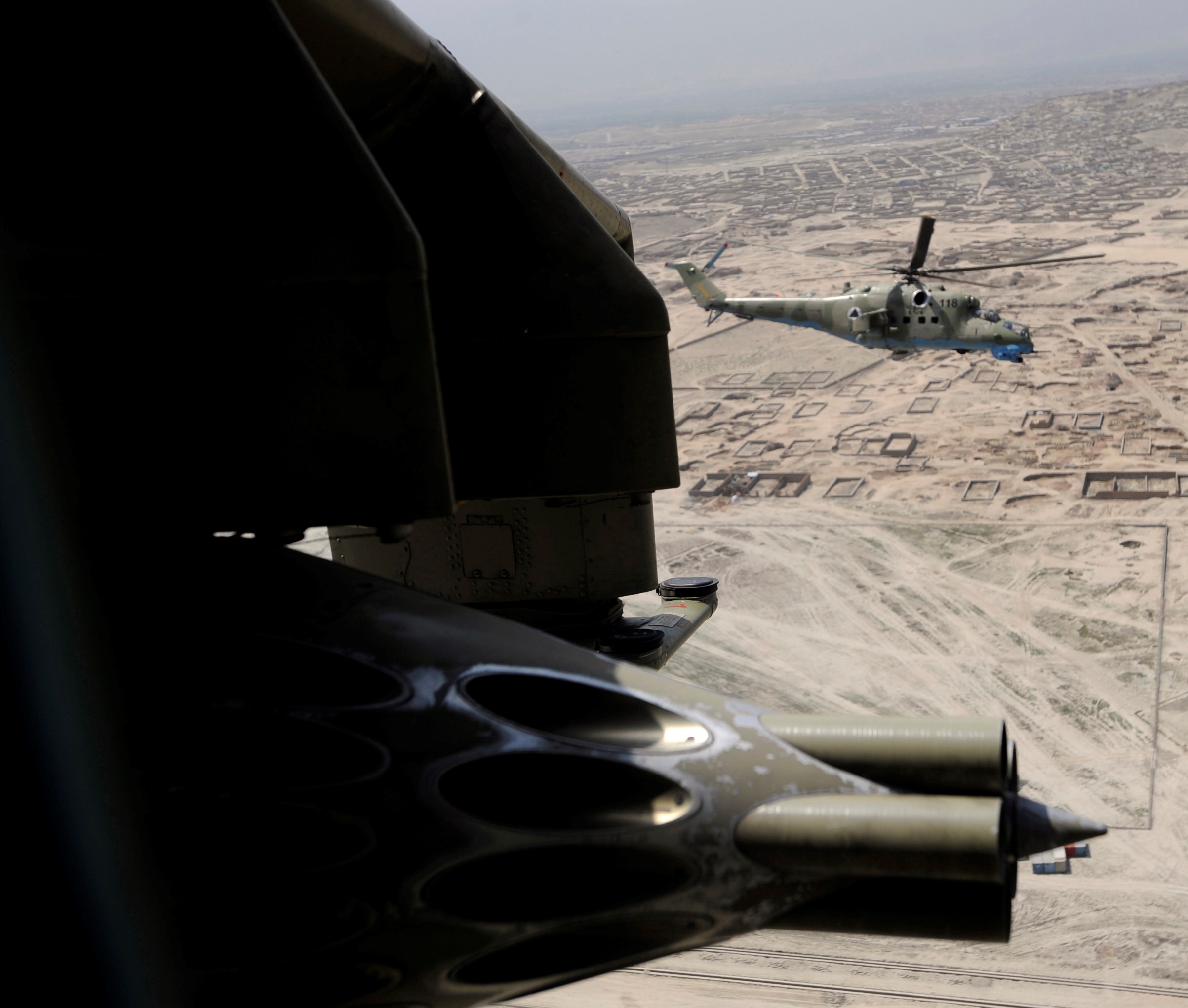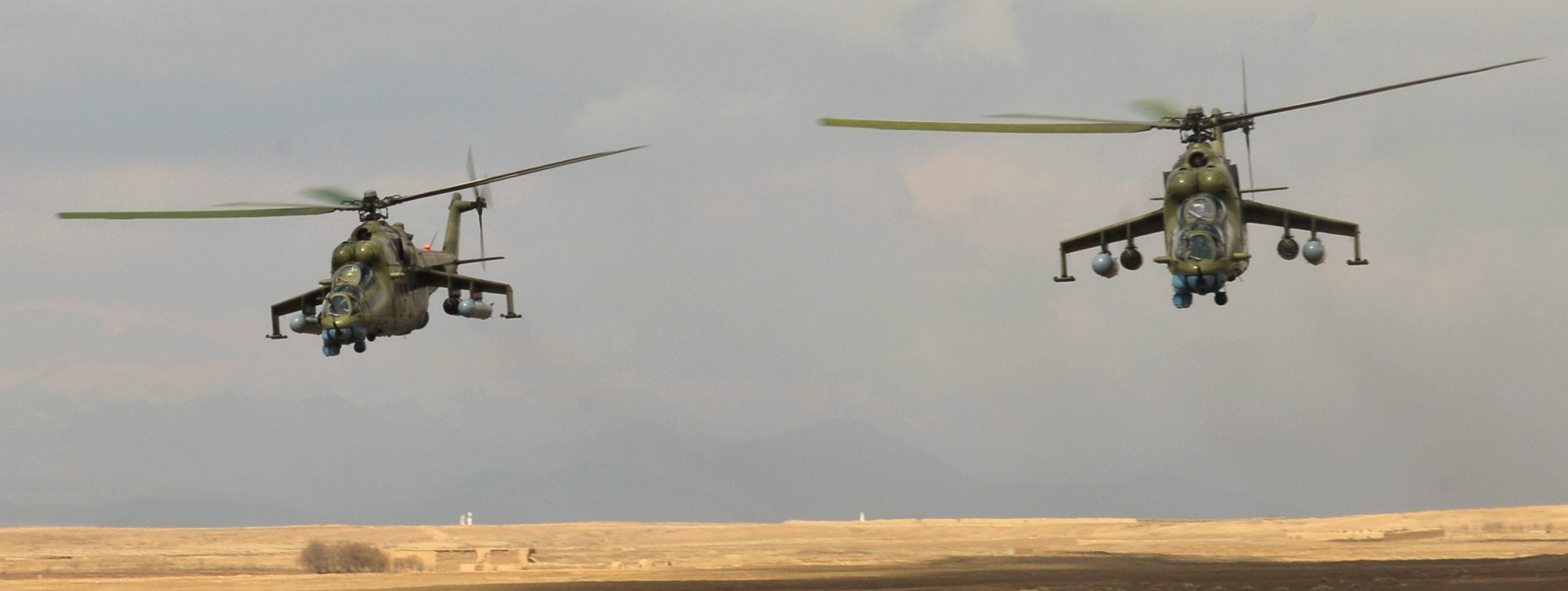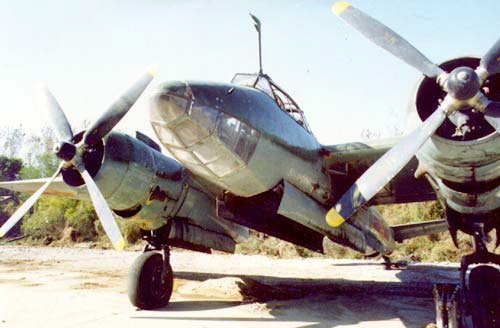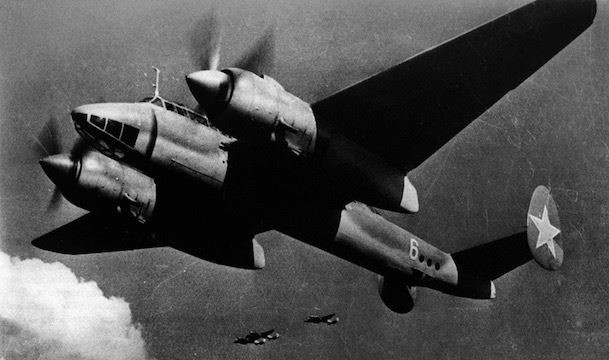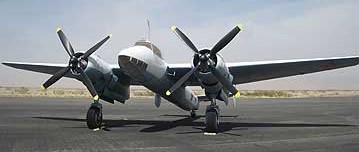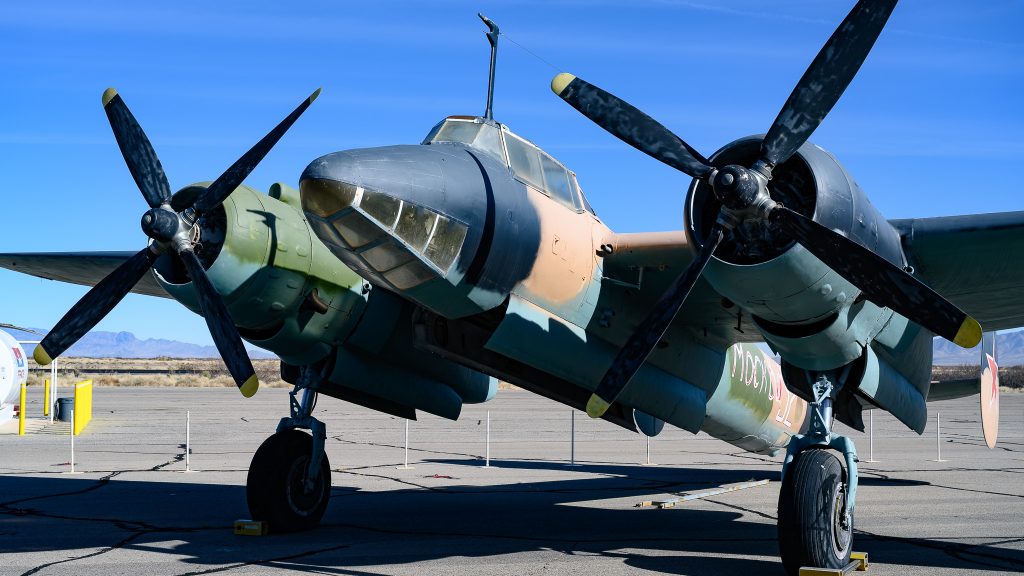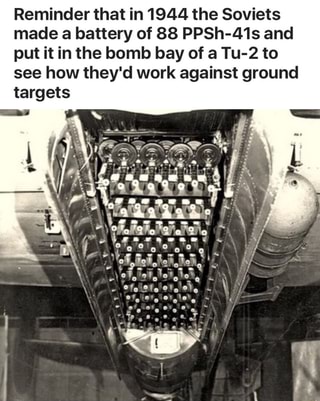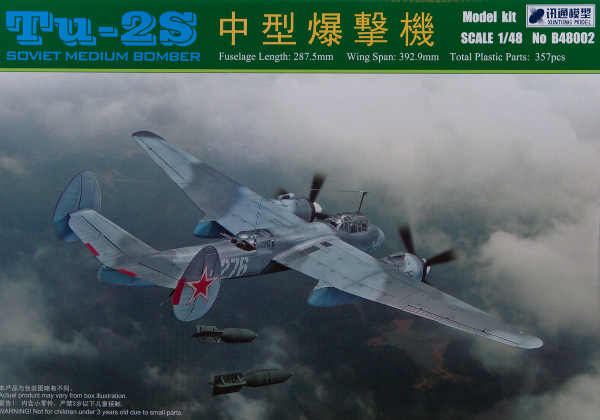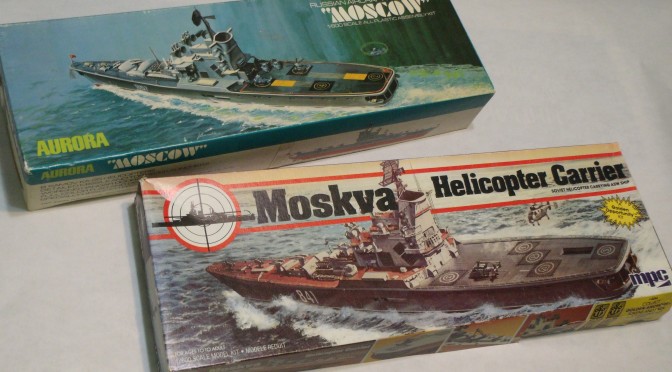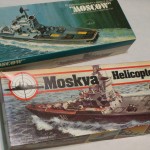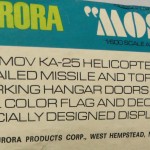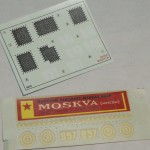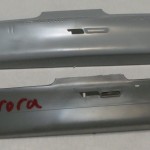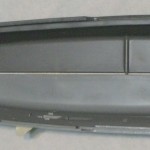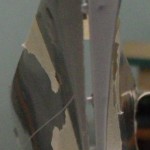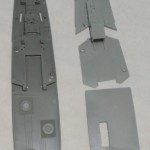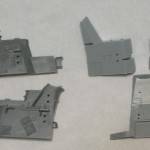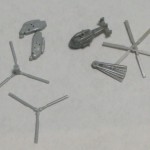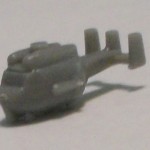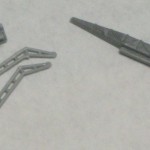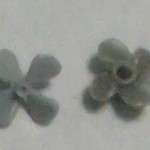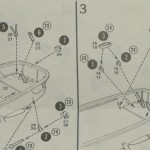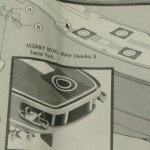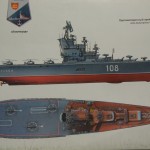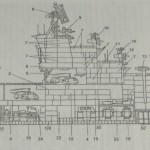The first time the Afghan military used the NATO-reporting-name Hind was during the Soviet occupation (1979-1989). It was during that occupation that Mujaheddin on the receiving end of the Mi-24D nicknamed it Satan’s Chariot. After the Soviets left, Afghanistan managed to operate a few Mi-24s (NATO reporting-name Hind-D), some sources say right up until the 2001 U.S. invasion.
Apparently the Mil 35 is the export version of the Mil 24V (NATO reporting-name Hind-E), and apparently there’s wasn’t much difference between the Soviet version and the export version. However, don’t confuse a Mi-35 with the newer Mi-35M (prototype Mi-24VM). Along with many internal upgrades the basic visual differences between Mi-24/25 (another ‘export’ designation)/35 and a true Mi-35M are the landing gear, wings and chin-gun. The Mi-35M has fixed landing gear (apparently in an effort to reduce weight and keep production costs down), shorter span wings and a twin barreled 23mm chin-gun.
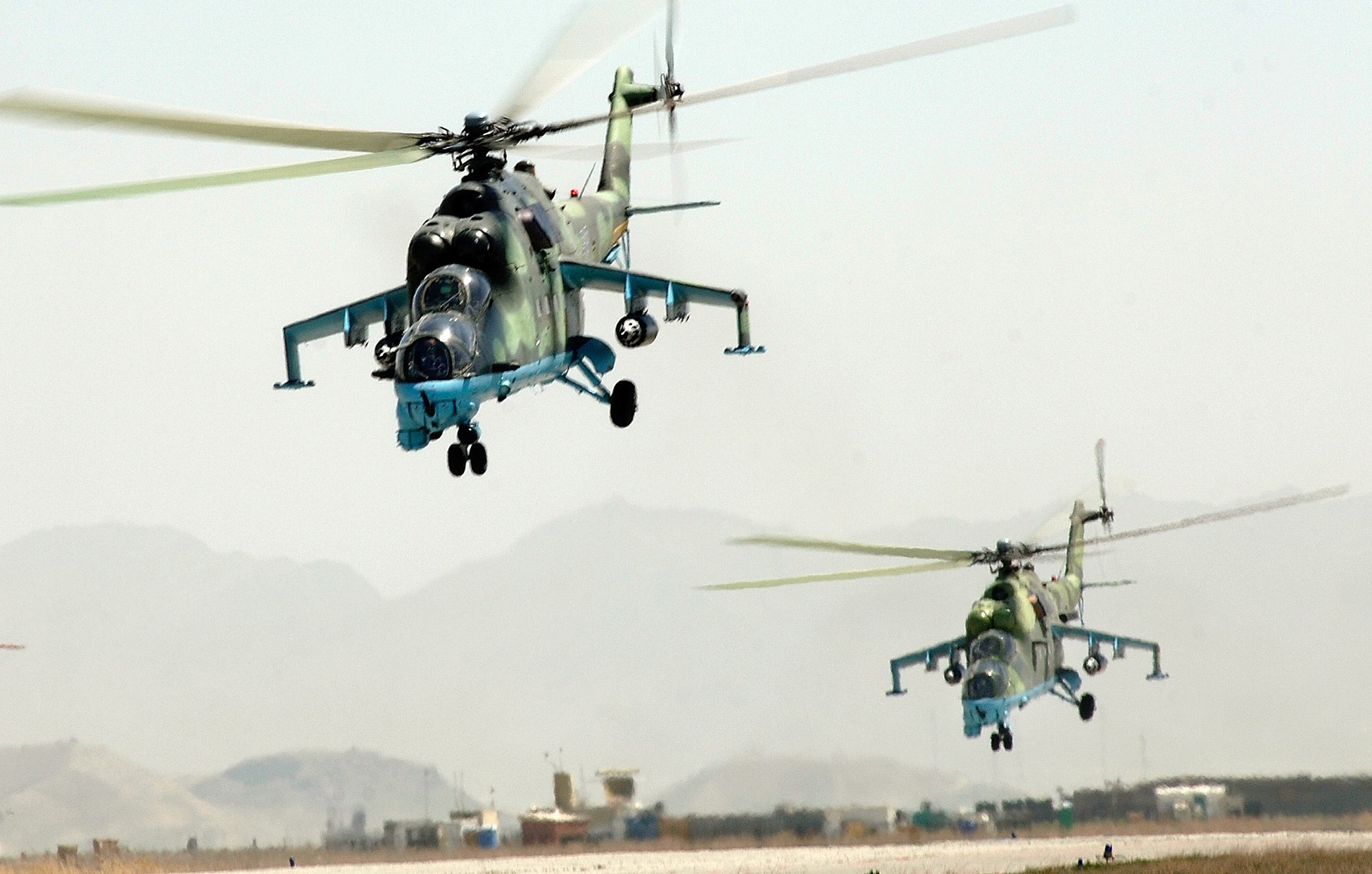
Kabul International Airport/Air Base. U.S. Air Force photo by Master Sergeant Cecilio Ricardo, 02APR2007.
In December 2008, Czech Republic started deliveries of at least six refurbished Mi-24Vs (NATO Mi-35 Hind-E), along with several Mi-17s, to help build Afghanistan’s air power.
The push to build Afghan government controlled air power was seen as a way of reducing reliance on U.S./NATO forces, a way of avoiding getting stuck in a ‘Tar Baby’ the way the Soviets did in the 1980s.
Live fire at East River Range Complex near Bagram Air Base, May 2009.
June 2009 video of Czech technicians training Afghans for live fire exercise:
According to the exalted Wikipedia, it states the Czech Hinds were “purchased” by Afghanistan and training was done by technicians from India. Wrong! Here’s an official NATO report from July 2009:
2009, U.S. Air Force video report explaining what the plan is for the Afghan Hinds:
Quick live fire video from June 2010:
In 2014, it was revealed that the United States supplied Afghanistan with 30 Russian built new model Mi-17B-5 helicopters. But the affair with Russia ended over the shenanigans in Ukraine and Crimea. U.S. officials instead pushed for U.S. made helicopters to be given to Afghanistan.
In a 2015 New York Times article an Afghan colonel criticized the U.S. for forcing Afghanistan to accept MD 530F scout helicopters (at U.S. taxpayer expense). The colonel pointed out the MD 530Fs were easily shot down saying “This plane is a total mess”, and expressed a desire to get more Hinds.
In 2019, the arrogant U.S. Department of Defense (DoD) stated the Czech gifted “…Mi-35s were removed from the authorized fleet in 2015, but the Afghans continue to attempt to sustain them. DoD has advised them against doing so….”, and seemed perplexed at Afghan military leaders wanting a more reliable and survivable gunship like the Mi-24.
 Sensing an opportunity to make points with the Afghan government, India gifted four refurbished Hinds (originally purchased from Belarus) between 2015 and the end of 2019. The Indian Hinds were denoted as Mi-25s and Mi-24Vs by the Indian news media and even Jane’s Defence Weekly, U.S. news sources refer to the Indian gifted Hinds as Mi-35s.
Sensing an opportunity to make points with the Afghan government, India gifted four refurbished Hinds (originally purchased from Belarus) between 2015 and the end of 2019. The Indian Hinds were denoted as Mi-25s and Mi-24Vs by the Indian news media and even Jane’s Defence Weekly, U.S. news sources refer to the Indian gifted Hinds as Mi-35s.
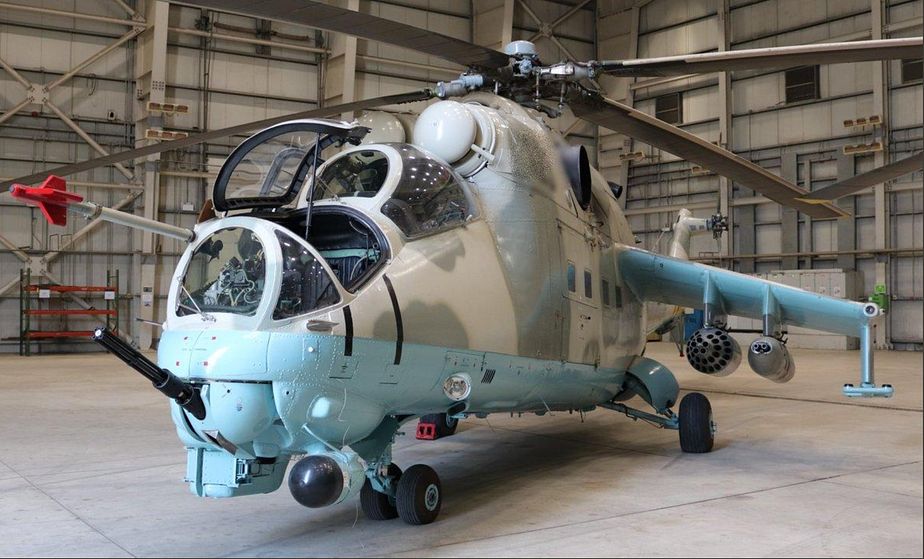
Moral of the story is; if you want to make Afghans happy just give them more Satan’s Chariots!


Update, 11AUG2021, Taliban capture Mil 24V (Mil 35):
#BREAKING: Taliban Captures Mi-24 attack helicopter which was gifted by India to Afghan Government in May 2019. This afternoon Taliban today captured Kunduz airport in Afghanistan. Video released by Taliban. pic.twitter.com/9YkMYmYrKD
— Aditya Raj Kaul (@AdityaRajKaul) August 11, 2021
VEHICLE I-D: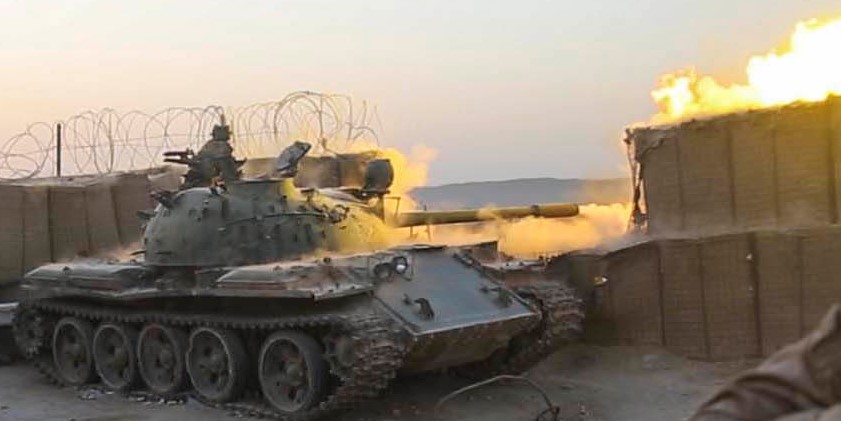 ZOMBIE TANK T-55, THEY’RE EVERYWHERE!
ZOMBIE TANK T-55, THEY’RE EVERYWHERE!



